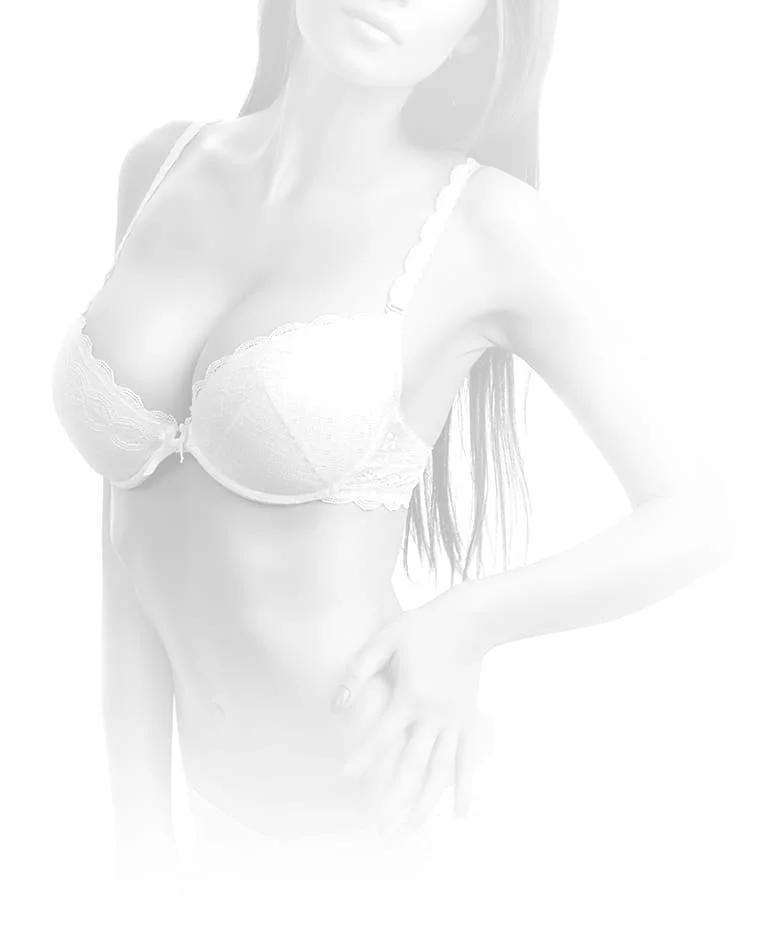Home|Blog | Inverted Nipple Facts and FAQs
Inverted Nipple Facts and FAQs
Many women consider their breasts to be one of their more important attributes. If they are unhappy with the size, shape, or position of their breasts, they frequently decide to undergo breast enhancement procedures such as a breast augmentation or breast lift surgery in order to improve their appearance.

Another problem that around 3 to 10 percent or more of women face is having inverted nipples. This is where the nipples are anatomically flat or inverted either all or some of the time. Most of the time this is congenital in nature, though the full manifestation is not evident until around the time of puberty.
Grades of Nipple Inversion
Inverted nipples can be categorized into three grades or level of “severity” grades:
Grade I: The nipple usually is projecting but does retract at times. However, it is very easy to pull the nipple back out to project again.
Grade II: The nipple stays in a retracted position but can be pulled out to a position of projection only as long as it is held out there.
Grade III: In this situation, the nipple remains in a retracted position and can’t be pulled out at all.
Correcting Inverted Nipples
Surgery to correct inverted nipples involves using a small incision placed at the base of the nipple, through which the restraining structures causing the nipple retraction are divided. A small stabilizing dressing is then placed, held in place with sutures. Typically, there is minimal discomfort associated with this procedure, which is performed in the office under local anesthesia.
Inverted Nipples FAQs
Though the occurrence of inverted nipples is relatively common, most women who have it know little about it and think that they are the rare individual afflicted with such a “deformity.” Not only do they stress over their situation, but they may also go to great lengths to avoid close relationships or intimacy out of fear and embarrassment.
Q: What do inverted nipples look like?
A: Inverted nipples can be identified when the nipples look flat or are indented into the areola.
Q: Are inverted nipples a sign of cancer?
A: If your nipples have been inverted from birth or became apparent around the time of puberty, the risk of this representing breast cancer would be extremely rare. However, if this finding occurred when you were at least a little bit older, seemed to develop over a period of a few weeks to months, especially just on one side, this would be a cause for concern and you should be evaluated immediately by your physician. There are also benign causes for nipple retraction such as inflammation and infection.
Q: How is the recovery process from nipple inversion surgery?
A: Recovery from nipple inversion surgery is easy, and you will experience little or no discomfort. Most women can return to normal, non-vigorous activities the same day such as work or school. The nipple(s) will need to be supported and protected in the new projecting position with a small dressing for around two weeks. It is crucial that they are protected from inward pressure for six to eight weeks following surgery to promote proper healing and to maintain maximal outward nipple projection.
Q: Can I breastfeed after having surgery to correct inverted nipples?
A: The ability to breastfeed after having surgery to correct inverted nipples is highly unlikely as the milk ducts have been divided. If you are interested in breastfeeding in the future, you should discuss this with your plastic surgeon before considering undergoing this surgery.
If you are interested in surgery to correct your inverted nipples, you can contact our office today to schedule a consultation by calling (480) 451-3000. Dr. Turkeltaub is highly experienced in performing surgery to treat inverted nipples and looks forward to helping you.
